“Discover the beauty of rarity — every uncommon pawprint tells an extraordinary story.” 🐾

Have you ever pondered dogs so special that you may never catch a shot of them at your neighborhood park? The rarest dog breeds in existnece are like hidden gems, each carrying its storyline, peculiar traits, and traces of faraway lands or bygone occupations. With little breed population–down to fewer than a thousand in the whole world–they are surely worth researching. Using information from kennel clubs and breed records up to 2025, I’ve put together a guide to the 15 rarest dog breeds. Let’s go on an adventure to meet these amazing dogs, find out why they’re so hard to find, and see what makes them special.
Table of Contents
Why Are Some Dog Breeds So Hard to Find?
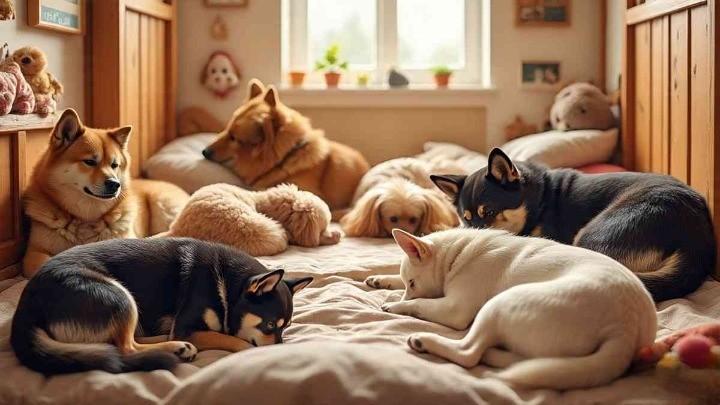
Before hitting our list of the rarest dog breeds, let us come to a reason why some dogs are so rare. Many were considered working dogs for activities such as hunting and herding that are now not much in demand. And the others belong to far-off lands, so they have never spread widely. Small populations are a cause of health problems from close breeding, thereby scientific measures like DNA tests help rectify these issues and keep these rarest dog breeds healthy by matching unrelated dogs. Are you ready to be introduced to these so special dogs? Let us begin!
The 15 Most Uncommon Dog Breeds in the World
1. Norwegian Lundehund

The Norwegian Lundehund is the rarest dog breed. This small Norwegian dog was bred to hunt puffins on cliffs—it even has six toes and a super flexible neck! After nearly going extinct, only six were left post-World War II, but breeders saved them. Today, there are around 1,500, but they still face health issues due to their small gene pool.
| Aspect | Description |
|---|---|
| Breed Name | Norwegian Lundehund |
| Origin | Norway |
| Size | Small |
| Original Purpose | Bred to hunt puffins on steep cliffs |
| Unique Features | Six toes on each foot; neck bends back to touch spine |
| How Features Help | Shaped by nature to climb rocky hills |
| Historical Decline | Only six left after World War II due to end of puffin hunting and sickness |
| Revival | Breeders saved the breed |
| Current Population | About 1,500, still one of the rarest dog breeds |
| Scientific Insight | Extra toes from a special gene change; small groups can cause tummy troubles |
2. Azawakh
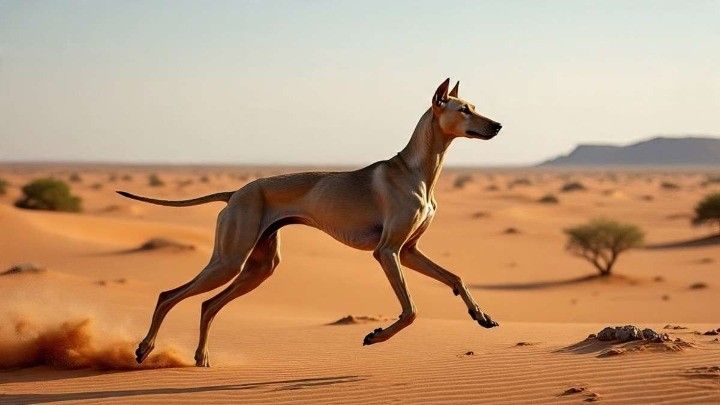
The Azawakh, a slim hound from West Africa, stands out among the rarest dog breeds. Built for desert life, it guarded nomad camps and chased gazelles with its long legs. With only around 500 in the US, it’s still hard to find and can be shy around strangers.
| Aspect | Description |
|---|---|
| Breed Name | Azawakh |
| Origin | West Africa |
| Size | Slim (medium to large implied) |
| Original Purpose | Guarding nomad camps in the Sahara; chasing gazelles |
| Unique Features | Long legs; short fur |
| How Features Help | Keeps it cool in hot weather |
| Historical Decline | Mostly stayed in Mali and Niger, limiting spread |
| Revival | Not specifically mentioned; remains limited |
| Current Population | About 500 in the US; one of the rarest dog breeds |
| Scientific Insight | Lean body built for desert life; limited breeding can cause heart issues |
3. Otterhound
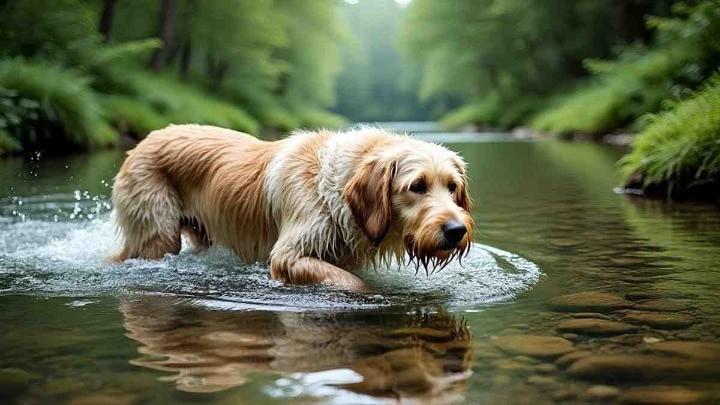
“Meet the Otterhound – one of the rarest dog breeds! This shaggy, webbed-foot swimmer from England nearly disappeared after otter hunting ended. With under 1,000 left, these playful water-lovers are a rare find for active families.”
| Aspect | Description |
|---|---|
| Breed Name | Otterhound |
| Origin | England |
| Size | Shaggy giant (large) |
| Original Purpose | Hunted otters long ago |
| Unique Features | Webbed feet for swimming; thick coat |
| How Features Help | Natural water shield |
| Historical Decline | Numbers dropped after otter hunting stopped in the 1970s |
| Revival | UK clubs used DNA testing in the 1980s for healthier puppies |
| Current Population | Fewer than 1,000; one of the rarest dog breeds |
| Scientific Insight | Special genes for thick coat; avoids breeding problems |
4. Cesky Terrier

“Meet the Cesky Terrier – one of the rarest dog breeds! This clever Czech hunter with a cute beard is a hidden gem, with just a few hundred born yearly. Great for families, but breeders work hard to prevent health issues in these rare pups.”
| Aspect | Description |
|---|---|
| Breed Name | Cesky Terrier |
| Origin | Czech Republic |
| Size | Small |
| Original Purpose | Hunt small animals (created in the 1940s) |
| Unique Features | Soft coat; funny beard; protective nature |
| How Features Help | Smart mind makes training fun |
| Historical Decline | Low fame outside Europe |
| Revival | Breeders work to keep it healthy |
| Current Population | A few hundred registered each year; one of the rarest dog breeds |
| Scientific Insight | Small groups can lead to eye problems |
5. Pyrenean Shepherd
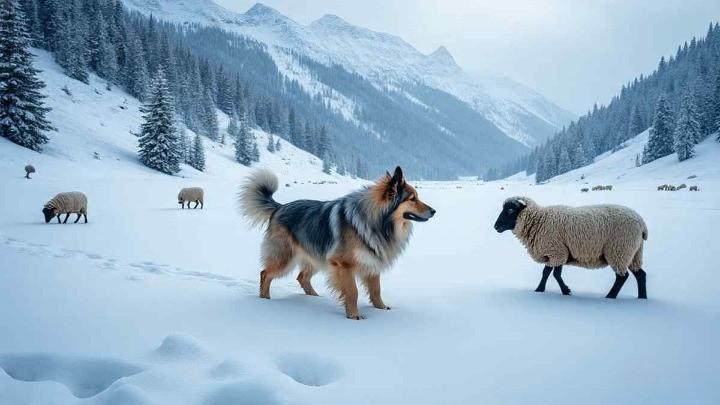
“Discover the Pyrenean Shepherd—a rare, energetic herding dog from France! Bred to work in mountains, these smart, fluffy pups are now scarce with just thousands left. Perfect for active owners who love playful, quick-witted dogs!”
| Aspect | Description |
|---|---|
| Breed Name | Pyrenean Shepherd |
| Origin | France |
| Size | Small |
| Original Purpose | Herd sheep in the mountains with Great Pyrenees |
| Unique Features | Thick coats; super smart and full of energy |
| How Features Help | Handles cold weather; quick thinking from old herding lines |
| Historical Decline | Changes in farming cut their need |
| Revival | Not specifically mentioned |
| Current Population | Thousands worldwide; one of the rarest dog breeds |
| Scientific Insight | Quick thinking from old herding lines |
6. Lancashire Heeler

“Breaking into the scene – the Lancashire Heeler just joined the rarest dog breeds club in 2024! This compact English cattle-herder (yes, they nip cow heels!) packs huge personality into a small frame. With only ~1,000 globally, breeders are now tackling early health risks to secure this lively little worker’s future. Perfect for energetic owners!”
| Aspect | Description |
|---|---|
| Breed Name | Lancashire Heeler |
| Origin | England |
| Size | Tiny |
| Original Purpose | Herd cattle by nipping at heels |
| Unique Features | Short-coated; alert eyes; big personalities |
| How Features Help | Great for active homes with room to run |
| Historical Decline | New status and UK roots |
| Revival | Careful pairing to fix breeding risks |
| Current Population | Maybe 1,000 worldwide; one of the rarest dog breeds |
| Scientific Insight | Early risks like weak bones fixed through science |
7. Belgian Laekenois
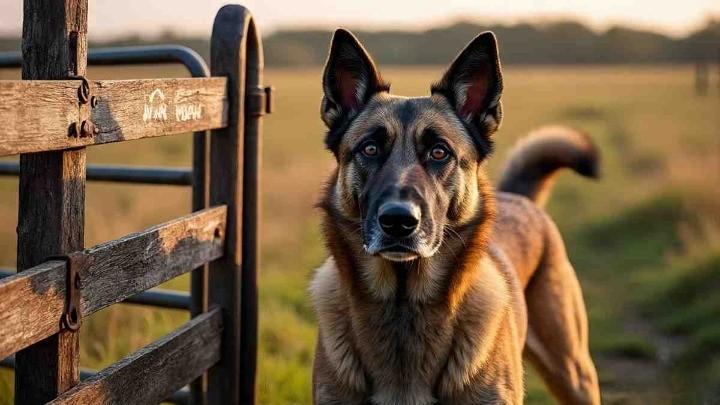
“Don’t overlook the Belgian Laekenois—the rarest of Belgium’s shepherds! This rugged, wiry-coated guardian was born to work fields and brave tough weather. While still scarce outside its homeland (thanks to limited exports), dedicated breeders now use DNA testing to prevent hip issues. A brilliant, energetic protector for those who can keep up!”
| Aspect | Description |
|---|---|
| Breed Name | Belgian Laekenois |
| Origin | Belgium |
| Size | Big |
| Original Purpose | Guarding fields; now a loyal watchdog |
| Unique Features | Rough coat; smart |
| How Features Help | Tough fur for bad weather; needs lots of exercise |
| Historical Decline | Few sent abroad |
| Revival | Breed clubs used DNA in the 2000s to avoid hip problems |
| Current Population | Low numbers outside Belgium; one of the rarest dog breeds |
| Scientific Insight | Natural trait for tough weather |
8. Cirneco dell’Etna
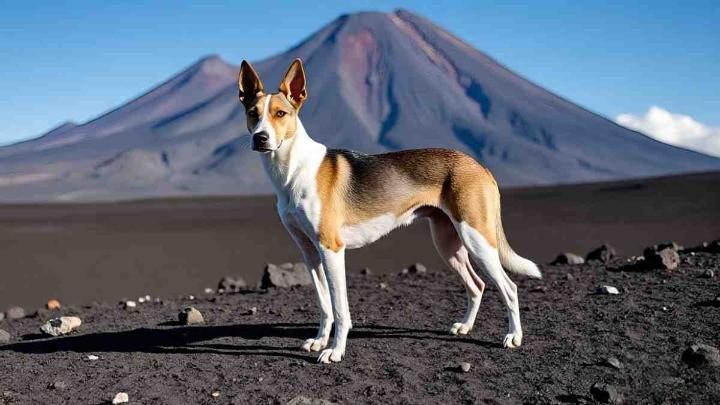
“The Cirneco dell’Etna, a rare Sicilian hound, hunted rabbits on volcanoes for centuries. With fewer than 1,000 in the US, this cat-like independent breed thrives in heat. A perfect low-maintenance rarity.”
| Aspect | Description |
|---|---|
| Breed Name | Cirneco dell’Etna |
| Origin | Italy (Sicily) |
| Size | Slim |
| Original Purpose | Chase rabbits on volcano hills for ages |
| Unique Features | Big ears; tan fur; loving but likes own space |
| How Features Help | Heat-friendly body for hot weather |
| Historical Decline | Stayed in Italy |
| Revival | Not specifically mentioned |
| Current Population | Under 1,000 in the US; one of the rarest dog breeds |
| Scientific Insight | Body grew to handle hot weather, a survival trick |
9. American Foxhound
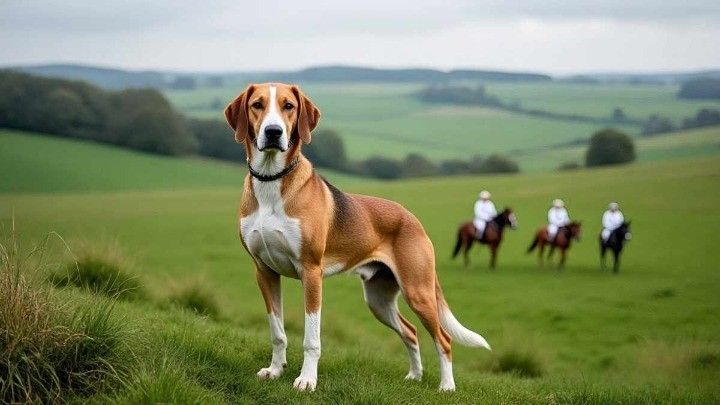
“The American Foxhound—a historic hunter bred by George Washington—is now among the rarest dog breeds. Though great with kids and famed for its nose, low registrations (thanks to declining hunts) make it hard to find. Scientists even study its tracking genes! Just mind those ears.”
| Aspect | Description |
|---|---|
| Breed Name | American Foxhound |
| Origin | USA |
| Size | Not specified (athletic implied) |
| Original Purpose | Fox hunts (helped by George Washington) |
| Unique Features | Strong nose; loves kids; loud bark |
| How Features Help | Great for tracking; needs space |
| Historical Decline | Modern life skips hunting groups |
| Revival | Clubs pushed them as pets in the 1900s |
| Current Population | Low registrations; one of the rarest dog breeds |
| Scientific Insight | Strong smell genes; ear infections can happen |
10. Finnish Spitz

“The Finnish Spitz, a rare dog breed, sings like a wolf and charms with its fox-face. Only ~2,000 exist—ideal for outdoorsy talkative-pet fans!”
| Aspect | Description |
|---|---|
| Breed Name | Finnish Spitz |
| Origin | Finland |
| Size | Not specified (fox-like) |
| Original Purpose | Point birds during hunts with yodels |
| Unique Features | Red-coated; chatty nature; playful vibe |
| How Features Help | Great for hikes; coat helps with allergies |
| Historical Decline | Cold weather ties keep it uncommon elsewhere |
| Revival | Not specifically mentioned |
| Current Population | About 2,000 worldwide; one of the rarest dog breeds |
| Scientific Insight | Chatty nature linked to wolf roots |
11. Canaan Dog

“Meet the Canaan Dog—one of the rarest dog breeds, with ancient roots in the Middle East. This hardy survivor guarded nomads with its keen senses and sandy coat. Though wars and stray life dwindled their numbers (just 2,000-5,000 remain), Dr. Menzel’s 1930s efforts saved them. A loyal, healthy companion with wild intelligence!”
| Aspect | Description |
|---|---|
| Breed Name | Canaan Dog |
| Origin | Middle East |
| Size | Not specified (tough) |
| Original Purpose | Guard nomad camps (wild roots) |
| Unique Features | Sandy fur; alert ears; smart but careful |
| How Features Help | Bonds deeply |
| Historical Decline | Wars and stray life |
| Revival | Dr. Rudolphina Menzel’s 1930s work in Israel tamed them |
| Current Population | 2,000-5,000 left; one of the rarest dog breeds |
| Scientific Insight | Healthy thanks to mixed wild genes |
12. Sloughi
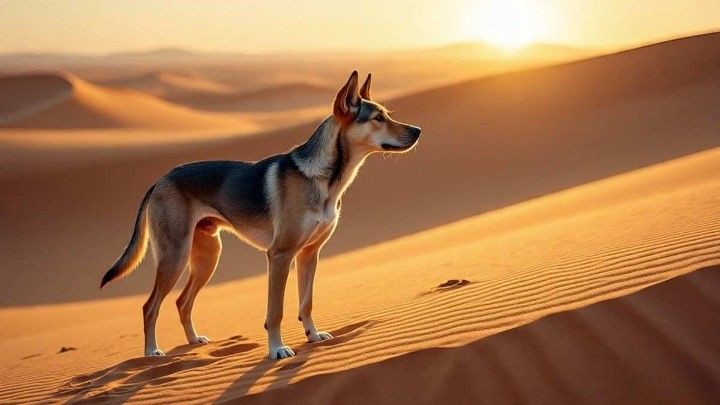
“The Sloughi—a rare African gazehound with grace and grit. Bred for desert speed, it’s now a loyal (but vanishingly rare) running partner.”
| Aspect | Description |
|---|---|
| Breed Name | Sloughi |
| Origin | North Africa |
| Size | Not specified (noble runner) |
| Original Purpose | Hunt in deserts |
| Unique Features | Smooth coats; gentle at home |
| How Features Help | Needs room to run; loyal |
| Historical Decline | Tied to local culture |
| Revival | Not specifically mentioned |
| Current Population | Scarce outside Africa; one of the rarest dog breeds |
| Scientific Insight | Muscle genes for speed; small groups risk skin issues |
13. Grand Basset Griffon Vendéen

“The rarest rabbit hunter? France’s Grand Basset Griffon Vendéen. This shaggy, loud, low-to-the-ground tracker’s a scent prodigy—with energy to match.”
| Aspect | Description |
|---|---|
| Breed Name | Grand Basset Griffon Vendéen |
| Origin | France |
| Size | Low-built |
| Original Purpose | Track rabbits as a scent hound |
| Unique Features | Rough coat; endless energy; happy and loud |
| How Features Help | Fits busy homes; loves a good chase |
| Historical Decline | Hunting role limits numbers |
| Revival | Not specifically mentioned |
| Current Population | Low registrations (hundreds in US); one of the rarest dog breeds |
| Scientific Insight | Nose genes make it a smell expert; small groups risk joint problems |
14. Bergamasco Sheepdog
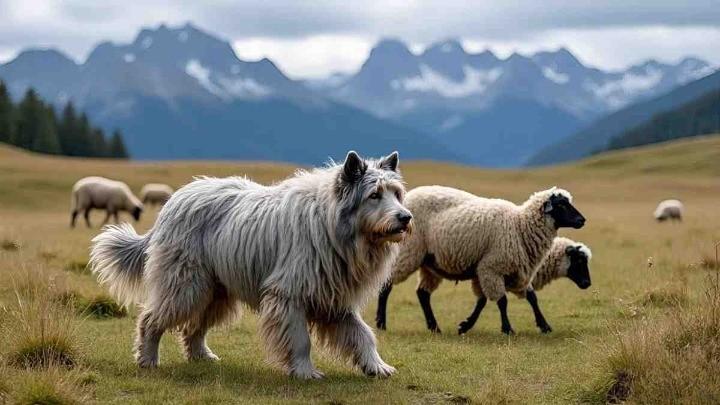
The Bergamasco Sheepdog, from Italy’s Alps, has a thick, matted coat that keeps it warm and sheds very little—great for allergy sufferers. Calm, smart, and easy to care for, it’s now rare, with fewer than 1,000 left due to farming changes.
| Aspect | Description |
|---|---|
| Breed Name | Bergamasco Sheepdog |
| Origin | Italy (Alps) |
| Size | Not specified |
| Original Purpose | Herd sheep with thick coat for cold |
| Unique Features | Matted fur; calm and smart; sheds little |
| How Features Help | Great for allergies; cozy and easy-care |
| Historical Decline | Farming changes |
| Revival | Not specifically mentioned |
| Current Population | Under 1,000; one of the rarest dog breeds |
| Scientific Insight | Coat changes studied for weather protection |
15. English Foxhound
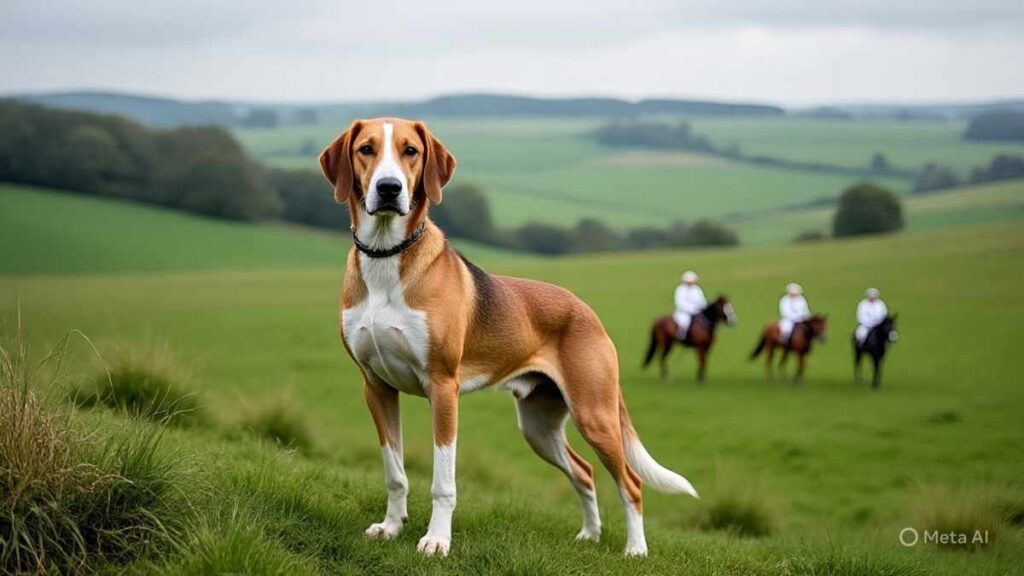
The English Foxhound, a tall, friendly hunter from Britain, is rare today due to changes in hunting. Bred for stamina and kept healthy with careful breeding, it’s a strong and unique choice.
| Aspect | Description |
|---|---|
| Breed Name | English Foxhound |
| Origin | Britain |
| Size | Taller than American Foxhounds |
| Original Purpose | Group hunter for long runs |
| Unique Features | Friendly; loud; kid-friendly |
| How Features Help | Built for endurance; needs exercise |
| Historical Decline | Hunting changes |
| Revival | Gene pools refreshed to avoid health problems |
| Current Population | Low numbers; one of the rarest dog breeds |
| Scientific Insight | Refreshed gene pools for strength |
Comparing the Most Uncommon Dog Breeds
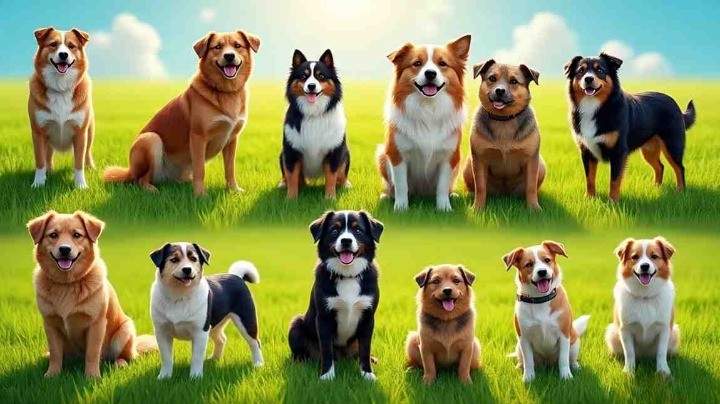
| Breed Name | Where From | Special Feature | Why Uncommon (Approx. Number) | Science Note |
|---|---|---|---|---|
| Norwegian Lundehund | Norway | Six toes, bendy neck | Almost gone (1,500) | Special toe gene |
| Azawakh | West Africa | Desert runner | Stays local (500 US) | Built for heat |
| Otterhound | England | Webbed feet swimmer | Hunting stopped (<1,000) | DNA helps health |
| Cesky Terrier | Czech Republic | Soft coat, protective | Not well-known (few hundred) | Eye issue risks |
| Pyrenean Shepherd | France | Lively herder | Farming changes (thousands) | Old herding genes |
| Lancashire Heeler | England | Heel nipper | New recognition (1,000) | Breeding fixes risks |
| Belgian Laekenois | Belgium | Rough coat, guard dog | Few sent abroad (low) | Hip health focus |
| Cirneco dell’Etna | Italy | Slim hunter | Stays in Sicily (<1,000 US) | Heat-friendly body |
| American Foxhound | USA | Great scent tracker | Less hunting (low numbers) | Strong smell genes |
| Finnish Spitz | Finland | Yodeling barker | Cold climate ties (2,000) | Wolf-like voice |
| Canaan Dog | Middle East | Wild-rooted guard | Stray past (2-5,000) | Mixed wild genes |
| Sloughi | North Africa | Fancy runner | Local culture (scarce) | Speed from muscle genes |
| Grand Basset Griffon Vendéen | France | Scent hound | Hunting role (hundreds US) | Amazing nose genes |
| Bergamasco Sheepdog | Italy | Matted coat | Farming shifts (<1,000) | Coat for cold weather |
| English Foxhound | England | Group runner | Hunting changes (low) | Refreshed gene pools |
Why These Uncommon Dog Breeds Are Important
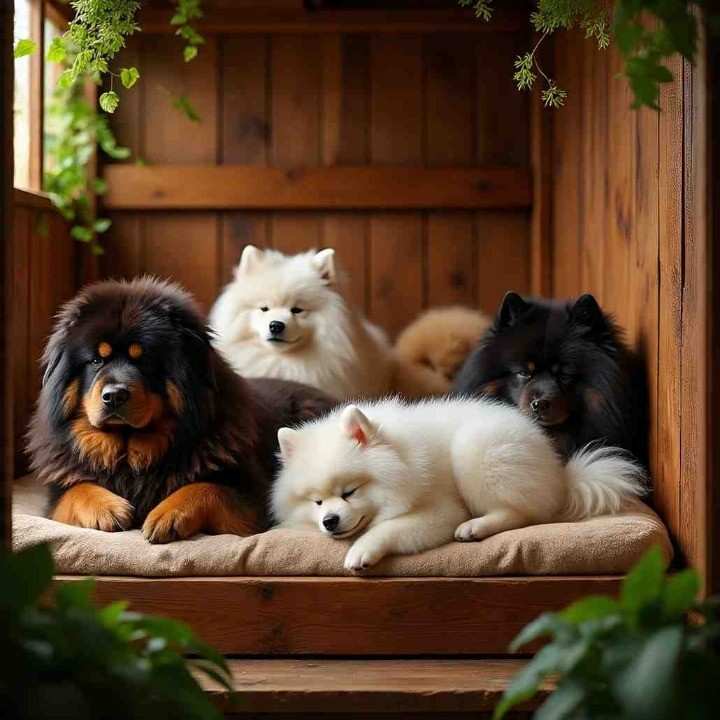
Tracing the 15 rarest dog breeds back, one realizes that these animals were almost like history. From the cliff-climbing toes of the Lundehund to the matted fur of the Bergamasco, their attributes are a window into how dogs somehow fit in with human beings and harsh climates. Science, for example, DNA testing, assists in conserving them by maintaining genetic health. Helping breed clubs or allowing for the limited adoption of these rarest dog breeds is what would keep them about. Which caught your eye? Now may be the time to do more research into these marvelous beauties and ensure they live on for many years!
FAQs
1. What is the rarest dog breed in the world?
The Norwegian Lundehund is often considered the rarest, with unique features like six toes on each paw.
2. Why are some dog breeds so rare?
Rarity is usually due to small breeding populations, geographic isolation, or limited popularity outside their native regions.
3. Are rare dog breeds more expensive?
Yes, many rare breeds cost more due to scarcity, import fees, and limited reputable breeders.
4. Can rare dog breeds be good family pets?
Some can be great family dogs, but it depends on the breed’s temperament, size, and exercise needs.
5. Are rare breeds healthier than common breeds?
Not necessarily — health depends on genetics and breeding practices, not just rarity.
6. Where can I find a rare dog breed?
From specialized breeders, breed clubs, or sometimes international adoption programs.
7. Are rare dog breeds recognized by the AKC?
Some are fully recognized, while others are in the AKC’s Foundation Stock Service awaiting full recognition.
8. Do rare dog breeds need special care?
Certain rare breeds have unique needs — like specific diets, grooming, or climate requirements.
9. Are rare breeds harder to train?
Training difficulty varies by breed; some rare dogs are highly trainable, while others are more independent.
10. Can I adopt a rare dog breed instead of buying?
It’s possible, but rare breeds are seldom found in shelters; breed-specific rescues may be your best option
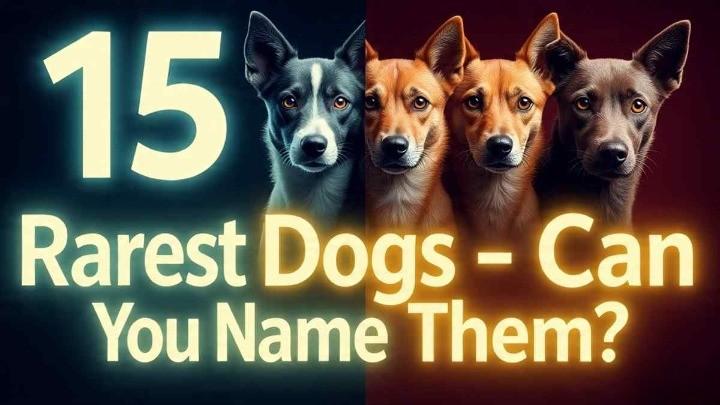
1 thought on “Exploring the 15 Rarest Dog Breeds of the World”